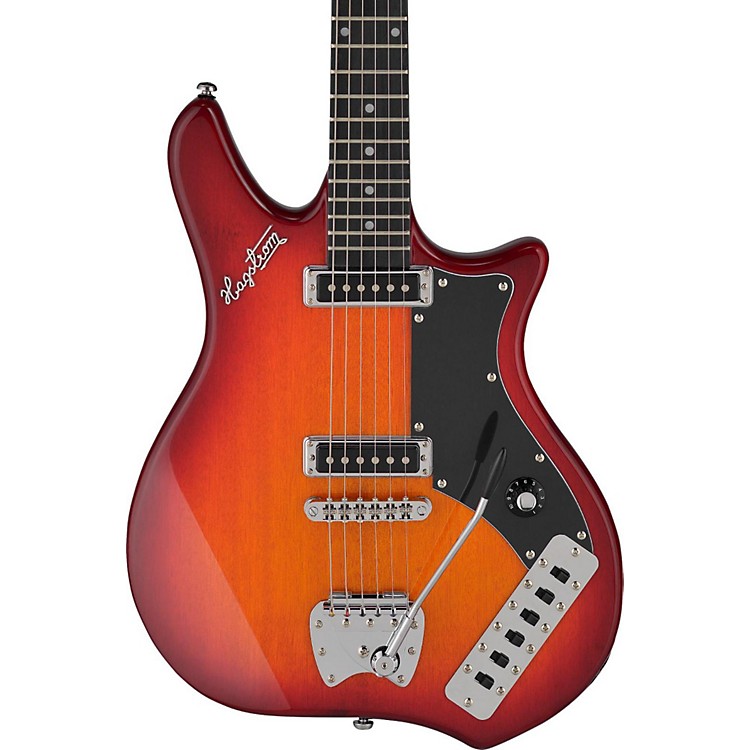


Janne at Hagstrom Parts SE is going to be your best source. You have to fiddle with the wooden bridge by angling it in order to get the intonation as close as possible.Ģ - Unfortunately there's no sources any longer in NA that offer factory original Hagstrom replacement parts. Those two screws in the tailpiece adjust the string height. The DeLuxe and the HIIB are almost identical, one way of telling them apart is that the pickups in the DeLuxe have rounded shoulders while the pickups in the HIIB has square shoulders.ġ - Intonation. Both the Hagstrom 1B and IIB models were introduced towards the end of 1965 and replaced the DeLuxe. There were 4 runs of the DeLuxe bass model that took place during 1965 producing a total of 2049 basses of which 49 were left handed. Your bass is actually a Hagstrom DeLuxe which was the predecessor to the Hagstrom IIB (F400) model. Production batch number 625 was a run of 500 basses with yours being the 140th bass made in that run which took place in 1965. When the hammer finally fell last year at Julian’s Auctions, the final bid sat at an incredible six million dollars, purchased by Australian businessman and owner of RØDE Microphones, Peter Freedman.Click to expand.Well let's see what the good book has to say about your Hagstrom. Of course, at the time of writing, the daddy of them all is Kurt Cobain’s Martin D-18E, used on stage for the band’s MTV Unplugged appearance.

Just last year Elvis’s “Sun Sessions” Martin D-18 was sold for $1.32m, but that pales in comparison to John Lennon’s Gibson J-160E which sold for $2.4mm, David Gilmour’s black strat which sold for just shy of $4m. It’s been a bumper few years for auctions of classic guitars. A notarized letter of authenticity from Casey came along with the auctioned instrument, as well as several other notes including a letter from Bones Howe who was the original producer of the famous special, as well as documents from the Rock ‘n’ Roll Hall of Fame and Museum, which had been the guitar’s sometimes home. The Hagstrom that opened the show on his shoulder had originally belonged to Al Casey from Elvis’s band, but the producers of the show thought it would look better front and center, and so it became one of his most recognizable instruments.

Frustrated with what he saw as shoddy low budget productions, and concerned that music was moving on without him, Elvis struck a deal with NBC to air “Elvis”, one of the most famous TV concerts of all time. Elvis had spent the intervening years launching his movie career to mixed success.


 0 kommentar(er)
0 kommentar(er)
